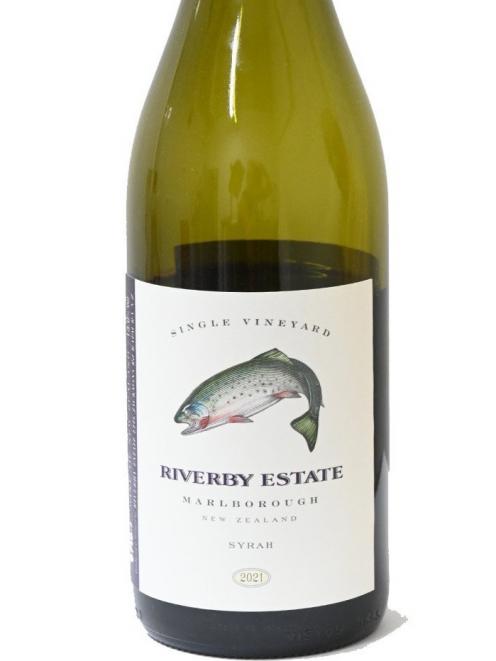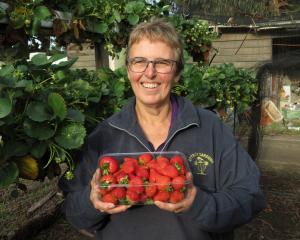
Modern DNA testing of grapes has unlocked the mysteries behind many varieties, helping to isolate parent/offspring connections and give greater understanding of their origins.
The indispensable tome Wine Grapes (by Harding, Robinson and Vouillamoz) is a fantastic resource in that regard, detailing that syrah is the offspring of mondeuse blanche and dureza.
There have been many hypotheses as to the origin of syrah (aka shiraz), including the city of Shiraz in modern day Iran, Syracuse in Sicily, the island of Syros in Greece, or the country of Syria itself, but it seems probable that the original crossing may have taken place in the Rhone Alpes in France as the grape was already established in France’s northern Rhone region by the mid to late 1700s.
The Rhone Valley and Australia (under its moniker shiraz) remained the mother lodes for the variety until the mid to late 20th century when a growing international thirst for French grape varieties saw it planted in European countries as diverse as Italy, Spain, Switzerland, Portugal and Romania, while it also became established in South Africa, Chile, Argentina and Mexico to name a few.
New Zealand’s affair with the grape began when Alan Limmer, of Stonecroft Estate in Hawke’s Bay, rescued cuttings from a plot (that was about to be pulled up) at the Te Kauwhata research station, leading to his first commercial release with the 1989 vintage. Te Mata followed with its inaugural release from the 1992 vintage.
According to NZ Wine figures there are now 344ha planted in Hawke’s Bay, with 443ha grown across the country, making it the third-most planted red grape after pinot noir and merlot and more than double that of fourth placegetter cabernet sauvignon.
Waiheke Island is a strong supporter of the variety, and there are pockets in Martinborough, Marlborough, Nelson, North Canterbury and Central Otago.
Here are a trio recently tasted that cover price points and regions.
2021 Aces & Arrows Hawke’s Bay syrah

2021 Riverby Estate Single Vineyard Marlborough syrah

2021 Trinity Hill Gimblett Estate syrah

Seasons - By Alison Lambert - Available for purchase now!

The Otago Daily Times and Alison have collaborated to bring you her first cookbook – Seasons.
This book is the ultimate year-round cookbook. Seasons is filled with versatile recipes designed to inspire creativity in the kitchen, offering plenty of ideas for delicious accompaniments and standout dishes that highlight the best of what each season has to offer.
$49.99 each. Purchase here.
$44.99 for ODT subscribers. Get your discount code here.













